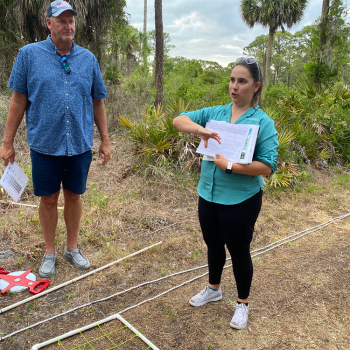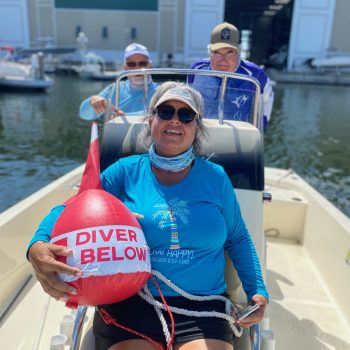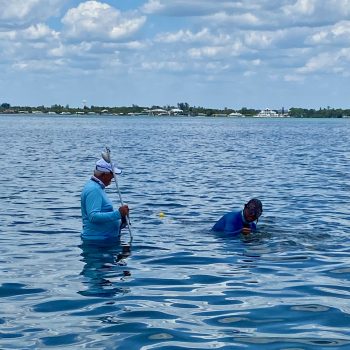Eyes on Seagrass
Eyes on Seagrass is an important University of Florida citizen science project. It is part of the Sea Grant program within the National Oceanic and Atmospheric Administration (NOAA) that is administered in Florida through the University of Florida. Lemon Bay Conservancy volunteers are involved in this effort, attending workshops, collecting samples and providing seagrass reports from around Lemon Bay. Seagrasses are vital habitat for many fish and for the forage species they eat. It is the main food source for manatees. Once destroyed, seagrass is extremely difficult to recover. If there is no seagrass, the fish population declines, along with its interdependent species. It is our goal to educate the public about the importance of seagrass to the health of our waters and to advocate for sound environmental practices. Our future depends on it!
According to the Coastal & Heartland National Estuary Partnership (CHNEP) Water Atlas, seagrass acreage in Lemon Bay, as shown through aerial photography and in-water sampling, began to decline in 2018. By 2020, approximately 1,189 acres of seagrass within Gasparilla Sound / Cape Haze area had disappeared. This troubling decline is complex and involves many factors, both natural and manmade. Increased nutrient levels from stormwater runoff due to increased development, increased use of fertilizers and pesticides, channelization of natural streams and dredging are just a few of the ways rapid human development has affected seagrass habitat. These factors, combined with red tide, hurricanes and changing rainfall patterns have caused damage to the seagrass beds. To join the Lemon BayWatch Eyes On Seagrass team, call the Lemon Bay Conservancy office at 941-830-8922. Sampling will resume in spring and summer 2023.










